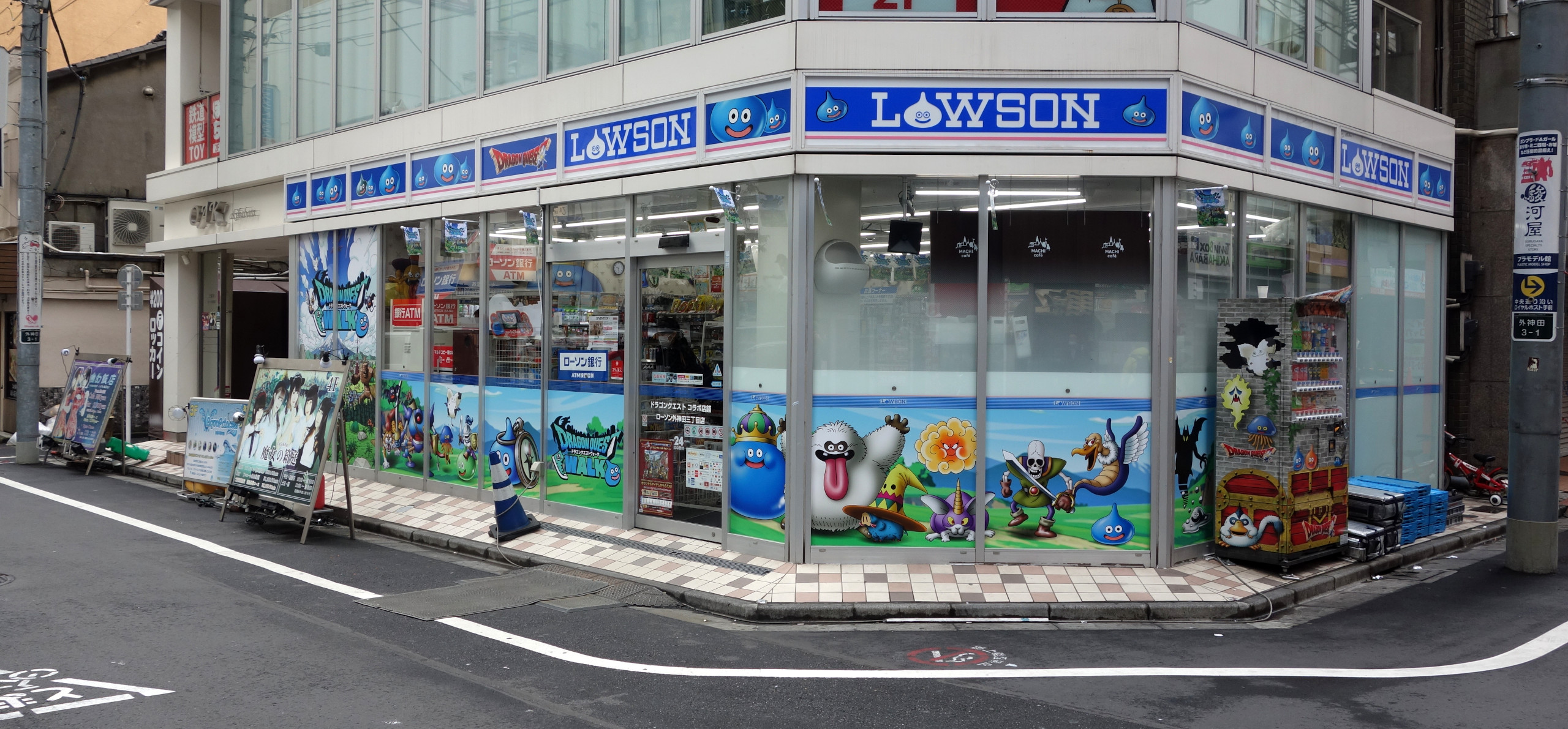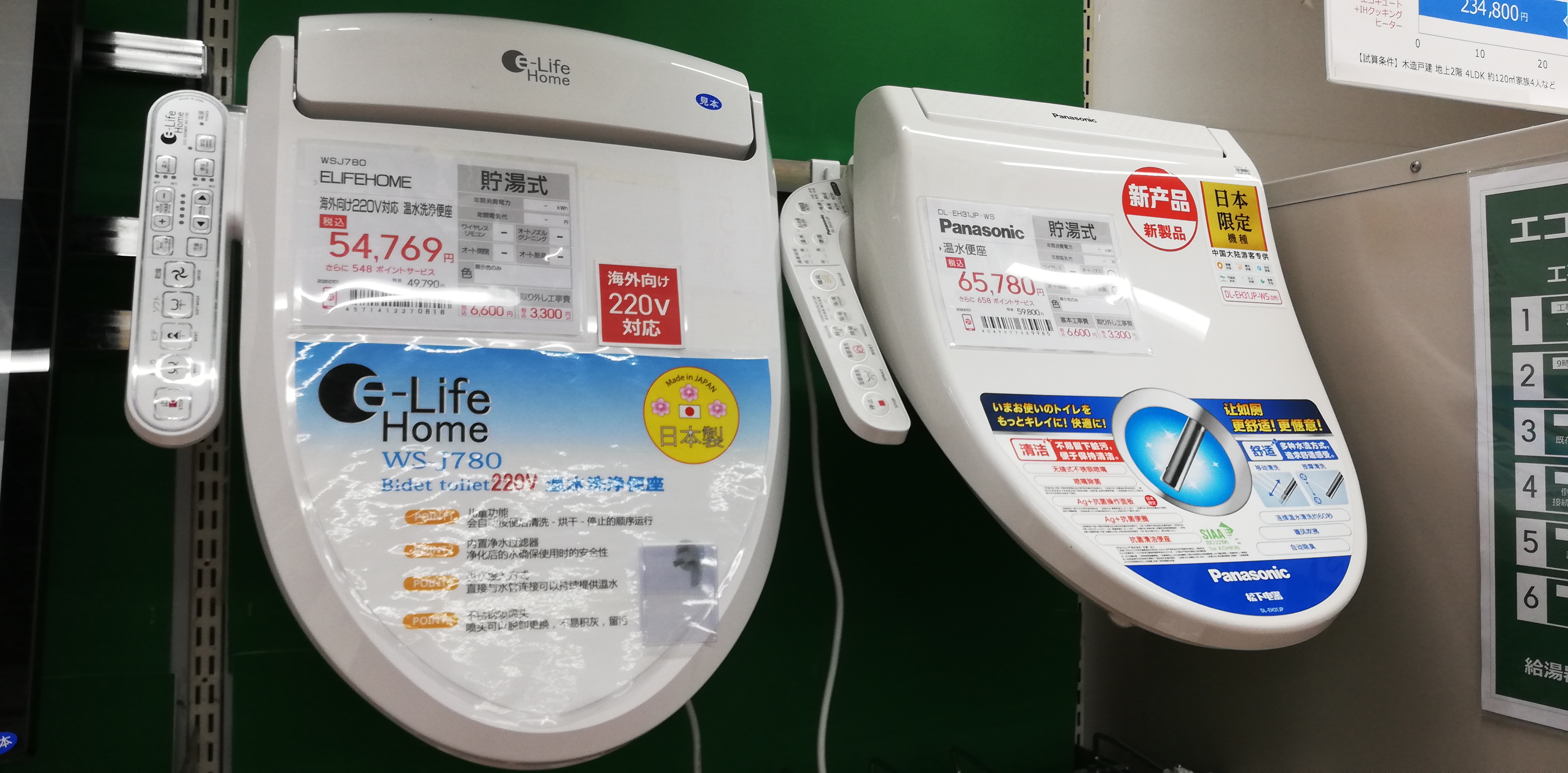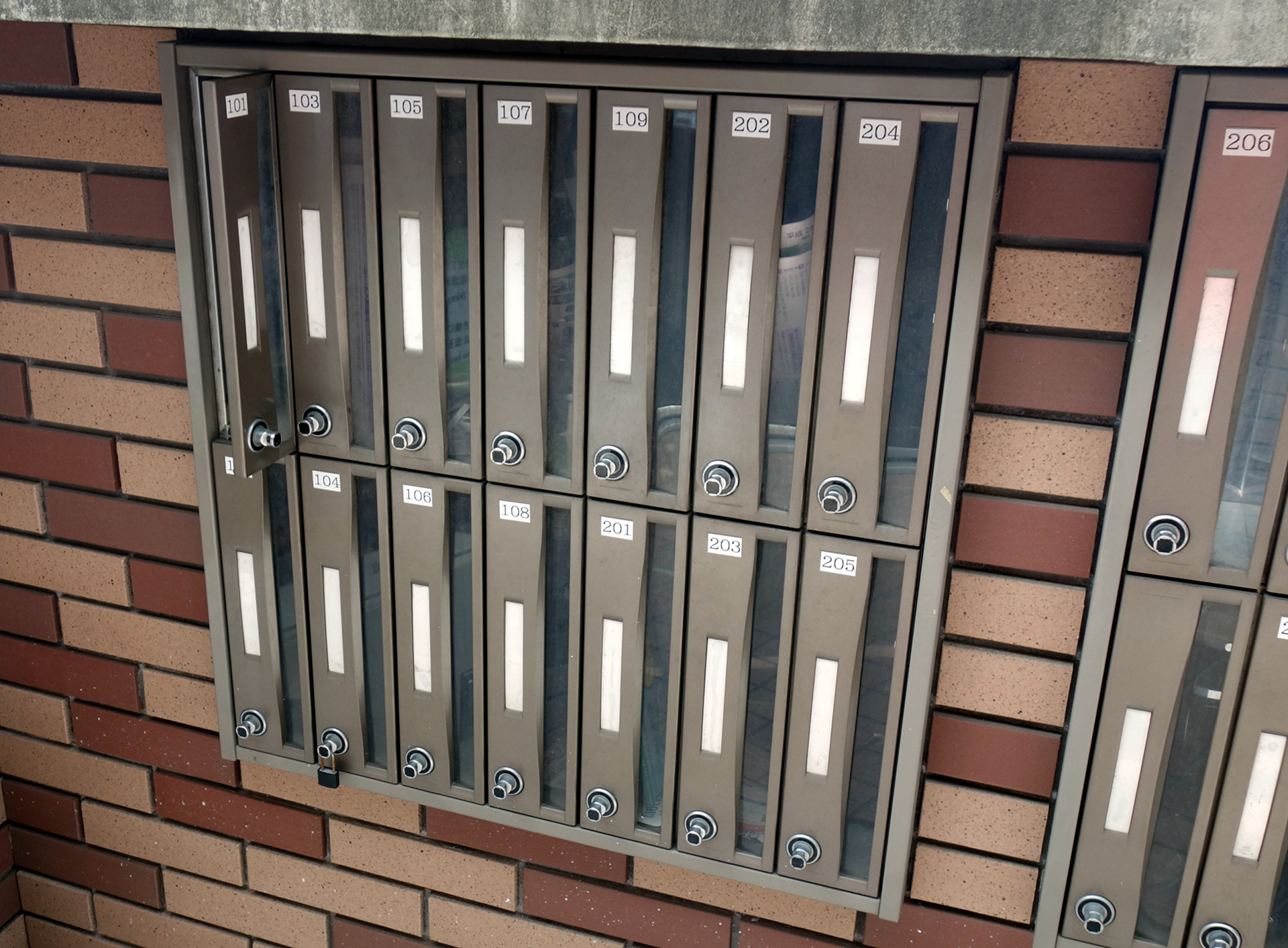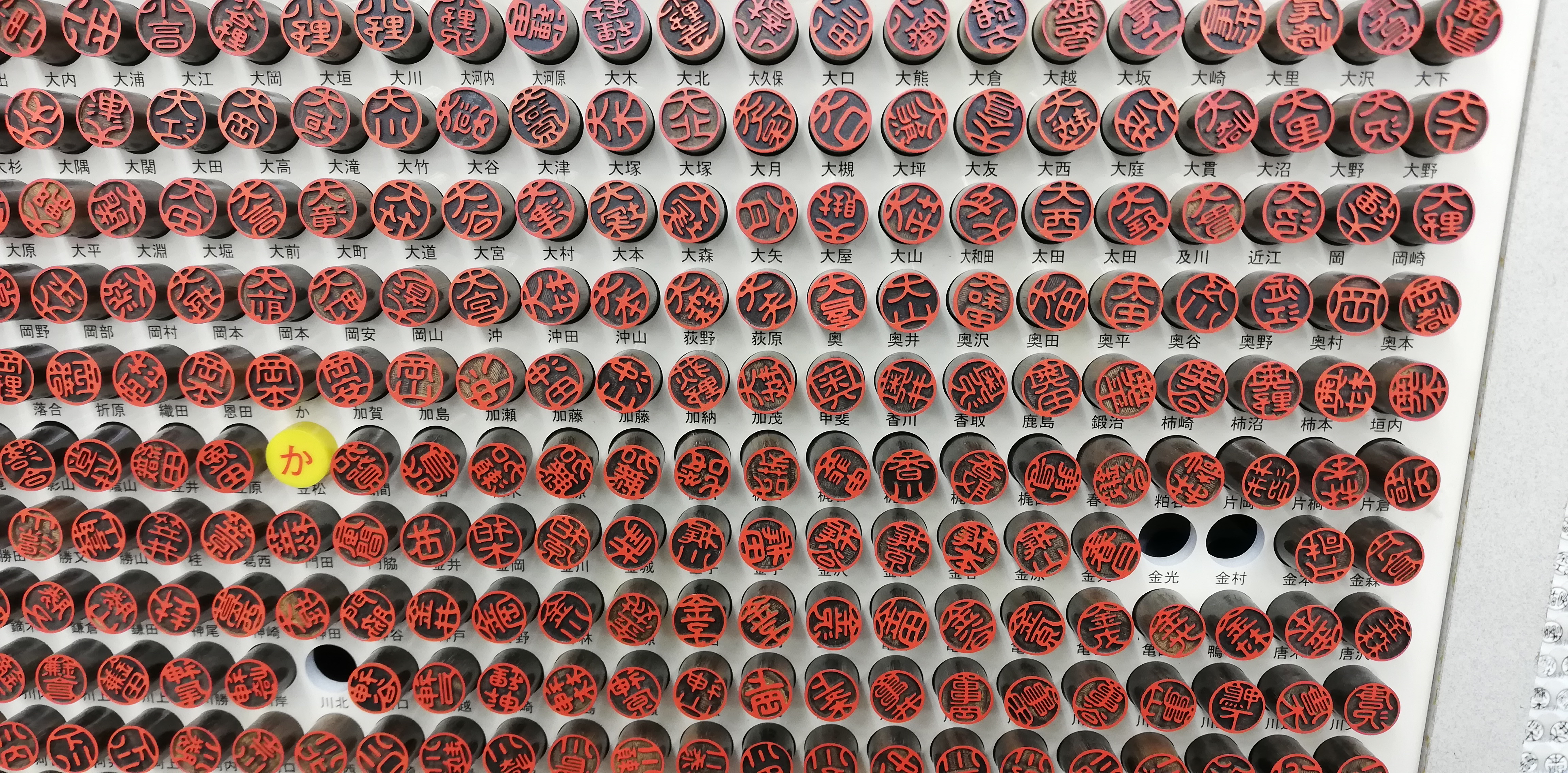German/Japanese/English versions of this text are here: https://fluxcoil.net/ .
English: Interactions with technology in Japan
When I was little and asked my grandmother where in the world the technology was most advanced, she said: “In Japan!”. I have been living here for a few years now, and I am still fascinated by the culture of the country, the mentality of the people and especially how the Japanese deal with technology. This fascination has led me to question my own behaviour and culture.
Japanese and Germans are said to have a tendency towards perfectionism, but I have made the experience that the Japanese go much further. When you tackle something, you try to make it perfect. I see this every day in my work in IT: I used to deal with German customers, now I deal mainly with Japanese customers, who strive to pin everything down to the smallest detail. This desire to understand techniques and technological systems down to their roots reminds me of the typical characteristics of hackers and is part of my fascination with Japan.
Especially the combination of tradition and technology in Japan is fascinating for me, for example seen with this robot which can use a Katana, a Japanese sword, with great precision:
But Japan’s technological history has also already created its own new traditions: In the land of Nintendo and Sega, computer games enjoy such a high reputation that the Japanese Prime Minister even appeared in an Olympic commercial as Mario the Plumber.

Many technical solutions in Japan look like superfluous gimmicks from the outside, but with knowledge of the closer circumstances and typical social characteristics suddenly make sense. For example the heated toilet seat. Most Europeans hear about it and ask themselves “Does that make sense?!”.
As I learned: Yes, it makes a lot of sense :) I’m writing this article in January in a flat in Tokyo, wearing a sweater, 2 jackets and a cap. Most parts of Japan are in average warmer than areas in Germany. For buildings, earthquake resistance is more important than good insulation. Residential buildings are designed to last 30 years. Central heating is not very common, heating is mostly done with electric air conditioners. Bathrooms and toilets are usually unheated, and everybody who has ever sat down on a toilet at 5°C will for sure appreciate heated toilet seats. These conditions also led to the invention of the Kotatsu: a low table at which you sit and under which you put your legs. An electric heater under the table plate radiates heat downwards, a blanket keeps the heat under the table.

There have always been and still are technological inventions in Japan that have only been successful in Japan - perhaps it even makes sense to speak of “island solutions” here: Massage chairs to relax after work, extremely small notebooks, solar-powered gadgets at road junctions to warn vehicles, or cars announcing with a loud voice in which direction they are turning. One sees already more robots in Japan than in other parts of the world.
I have also observed a particularly striking difference between Japan and Germany in the amount of confidence, with which technological systems are used. The crime rate in Japan is quite low. In a larger restaurant, you typically reserve a seat by putting your bag down and then going to the counter to order and pay. This trust can be seen in various places: In Europe, when someone enters a password and you sit together in front of a screen, the other person explicitly looks away from the screen and keyboard: Just don’t come under suspicion that you want to spy on the password. In Japan there is no such suspicion, people tend not to look away in this situation. In an open-plan office, Japanese people rarely lock their screens when they leave their workplace.
At tiny train stations, passengers have to take a ticket when entering the train. Later, when leaving the train, distance and fare are calculated. If you forget the ticket when entering the train, then later when leaving the train you will be asked at which station you boarded - and on that base the price will be determined. In Germany, there is no doubt that you would be charged with the maximum fare. The Japanese way to do it: trust by default.
Being born in Germany, I sometimes have problems with granting such a trust. For example, in the first flat I lived in, all the residents were able to open all the mailboxes: there were no locks or anything like that. In some areas, only the number of the flat is written on the mailbox, no names. That’s enough to address mail. This means that sales persons appearing at your door do not know your name when addressing you - very pleasant.
 )
)
Regarding money, Japanese and Germans have much in common. Japanese are very attached to cash. NFC cards, the “Suica”, have become widespread in local transport. By default, these are not linked to a name: at machines you buy a card anonymously and can charge it with money. Before entering and after leaving the train, the card touches a reader and money is debited. If necessary, you can also register the Suica card with your name and get it activated for flatrate travel between 2 stations. Many commuters do this. Almost all employers reimburse the costs of commuting between work and home.
The Japanese government and companies are trying to push through more cashless payments. Last year, the value-added tax was raised from 8% to 10%. However, part of this increase can be reclaimed in exchange for personal data if you register for payback systems in combination with cashless cards.
While many technological systems in Japan are based on trust, this principle does not apply to all areas and all applications of cashless payment. Mid-2019, one of the 3 major companies running convenience stores introduced a cashless payment system and terminated it 3 months later due to too much abuse. 2-factor authentication and other approaches had not been considered in the concept, but should have been..
When applying for a bank account or credit card, you get to choose your PIN. With online banking, TAN lists are widely used. In Japan, many banks do not accept transactions to a different Japanese bank. This can mean that when you start a new job, the new employer may not be able to pay your salary to your existing account - you will have to open a new account. Also the landlord of your flat tells you at which bank his bank account is, and if your bank can not transfer the monthly rent, you might have to open a further bank account. In my first flat, no bank transfers were possible from my bank and I paid cash monthly. Transfers from other countries are rather rare. When transferring money from a German bank account, I received a letter from my bank with the transfer details.
People living in Japan are assigned a National ID number. This so-called ‘my number’ is used, for example, to map the identity to the person when paying taxes. Also banks ask for the ‘my number’ when doing money transfers from/to foreign countries.
Instead of signatures, ‘Hanko’ are common in Japan, a kind of stamp. Hanko are registered in the city hall and can then be used in the way as signatures are used in Europe. For Japanese people, the imprint of the hanko contains the own names Kanji, my Hanko contains my name in the normal Latin alphabet. In order not to acknowledge a delivered parcel with the same Hanko as for example a rental contract, most Japanese use several Hankos, each one registered separately and used for different occasions.

While in Germany the electronic patient file is still being worked on, in Japan the paper medicine book has been around for a long time, which you can take with you to the pharmacy or doctor. The medication is then recorded in the book, making it possible to check for intolerance. So this is a nice offline solution, with the data staying directly with the patient.
SIM cards for mobile phones are almost never secured with a PIN in Japan, so convenience is more important than protection against theft. Moreover, mobile phones are usually locked onto one provider, and this is hardly seen as a restriction.
In contrast to Germany, there are many extreme situations such as earthquakes or typhoons. In these situations, mobile phones are used to send emergency alerts as SMS-broadcasts, e.g. when rivers have high water levels as a result of a typhoon or when an evacuation gets announced via SMS - as was recently the case in the district of Tokyo where I live..
Japan is known for its well-developed Internet infrastructure. For my internet connection, physical medium (fiber optic cable) and content provider are two different companies, each with whom I have separate contracts. My content provider also offers IPv6 via opt-in, which I did activate online using a website.
The mobile network coverage in Japan is very good, even when using the Shinkansen, the Japanese high speed train. Interestingly enough, the much-cited punctuality of Japanese trains only became apparent after the privatization of the railways.
It seems like Yahoo Japan is used here more often than Google: Yahoo Maps was for a long time coping better with the peculiarities of Japanese house addressing. Yahoo Japan offers many country-specific overlay maps: predictions on the speed of typhoons, maps with the best places to see the cherry blossom, the current occupancy of train station toilets or trains. Almost all Japanese travel to work by train, usually with a smartphone in their hand. Many websites are optimized for smartphones, e.g. trailers of new movies are separated into single screenshots and described on a long website. For example, Gigazine has in this style prepared 36c3 video content.
Every day I make new discoveries that will challenge the previous explanations. What has remained, however, is my fascination how different people can develop and use different technological solutions for sometimes the same purposes. This article concentrates on technology-related topics, but there is still a lot to learn about society and life here - details are at https://fluxcoil.net/jpblog .
Additions
After writing the original article, a number of points have emerged from conversations with friends and through research.
- Punctuality of the Japanese Railway increased with privatization: Along with the privatization, some other obstacles for the railway were removed: before privatization, the railway had to employ soldiers returning from the second world war. After privatization, many people lost their job. There were also debt cancellations with the privatization. Several areas also deteriorated with privatization: lines with fewer passengers, e.g. in the countryside, were no longer cross-financed from the other lines, they got labeled ‘uneconomical’ and closed down.
- Tidbit regarding the kanji “鉄”: 鉄 is the first part of 鉄道, which means “railway company”. 鉄 is composed of 2 radicals, so “parts of the kanji”: 金 means money/metal, 失 means “to loose”. So canonically, the whole Kanji would be interpreted as “losing money”, but nowadays “金に矢” as interpretation is preferred: with 矢 as an arrow this means “as fast as an arrow to the money”. Because of the deficit (金を失う= loss of money) in the past, privatisation was started, and the Kanji later reinterpreted to “金に矢” to have a good omen.
Last modified on 2020-10-05